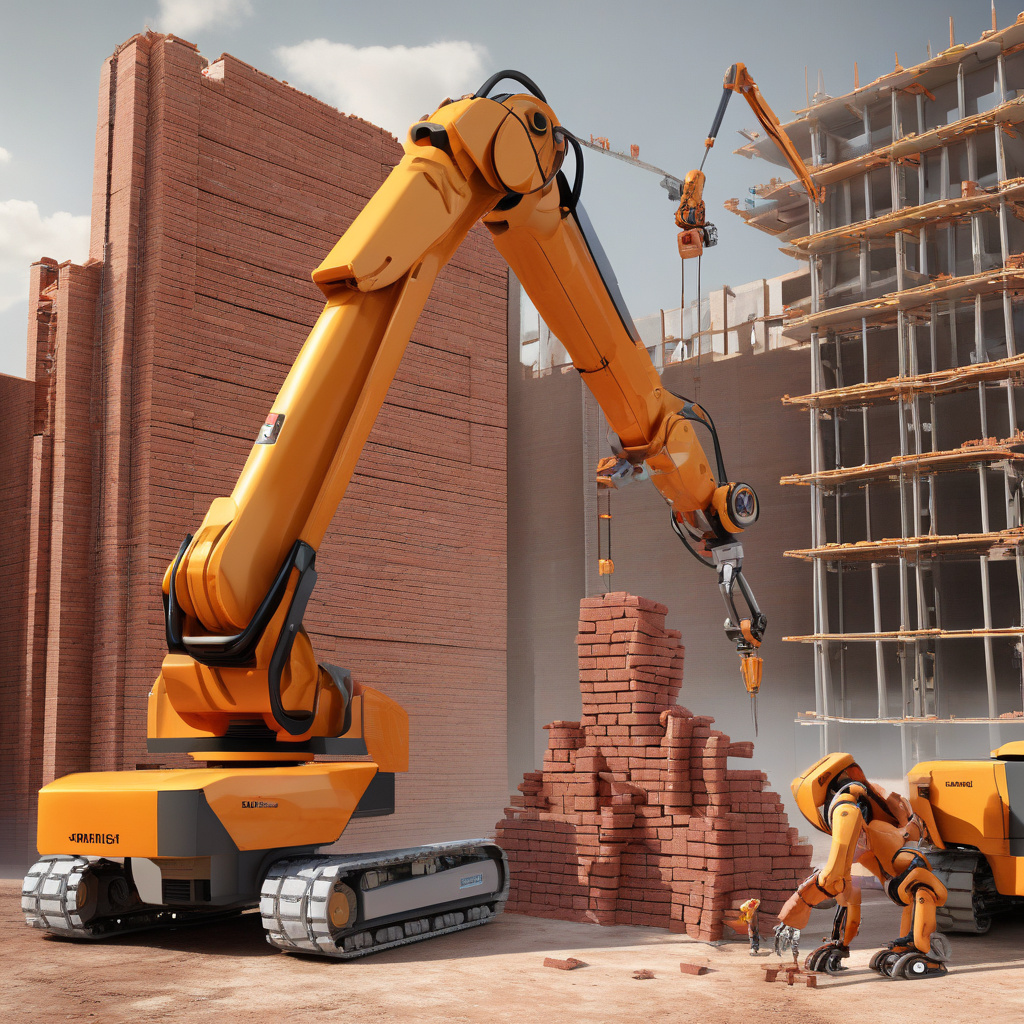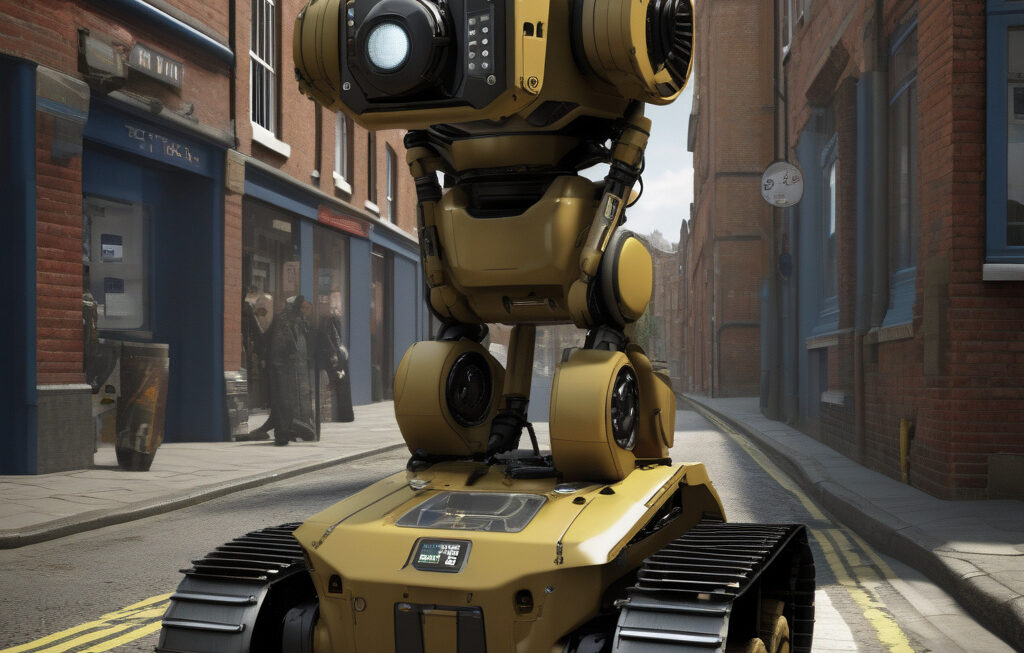German Robot Helps Humans at Construction Site, Precisely Places Bricks to Build Wall
A robot is helping humans at a construction site in Germany. Developed by the Technical University of Munich, this innovative robot is revolutionizing the way we think about construction and automation. With its advanced technology and precision, the robot is capable of precisely placing bricks to build walls with unparalleled accuracy and efficiency.
Construction sites have traditionally been labor-intensive environments, requiring significant manpower to complete tasks such as bricklaying. However, with the introduction of robots like the one in Germany, the construction industry is experiencing a significant shift towards increased productivity and cost-effectiveness. By taking on repetitive and physically demanding tasks, robots free up human workers to focus on more skilled and complex aspects of construction projects.
One of the key advantages of using robots in construction is their ability to work with extreme precision. The German robot is equipped with sensors and software that allow it to measure and adjust for even the smallest variations in the placement of bricks. This level of accuracy not only ensures a high-quality end result but also minimizes the need for rework, saving both time and money for construction companies.
Moreover, robots offer a level of consistency that is difficult to achieve with human labor alone. By following programmed instructions without fatigue or error, robots can maintain a consistent level of output throughout the construction process. This reliability is especially valuable when it comes to projects that require a high degree of precision, such as building walls or laying foundations.
In addition to improving efficiency and quality, robots also contribute to a safer work environment on construction sites. By handling tasks that are physically demanding or pose safety risks to human workers, robots help reduce the likelihood of accidents and injuries. This not only protects the well-being of construction workers but also minimizes the potential for costly delays and disruptions to projects.
The successful integration of robots into the construction industry is a clear example of how technology can enhance traditional practices and drive innovation. As robots continue to evolve and become more sophisticated, we can expect to see even greater advancements in construction automation. From bricklaying robots to drones for site surveying, the possibilities for technology-driven improvements in construction are limitless.
In conclusion, the German robot assisting humans at a construction site marks a significant step forward in the adoption of automation in the construction industry. By combining the precision and efficiency of robots with the skills and expertise of human workers, construction projects can be completed faster, safer, and with higher quality than ever before. As technology continues to advance, we can look forward to a future where robots play an increasingly vital role in building the world around us.
construction, robotics, automation, innovation, efficiency












